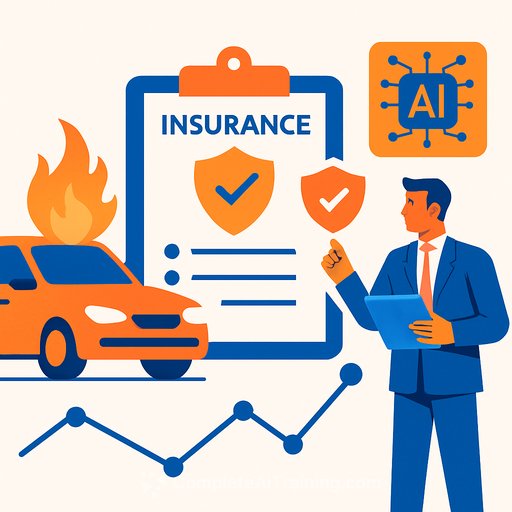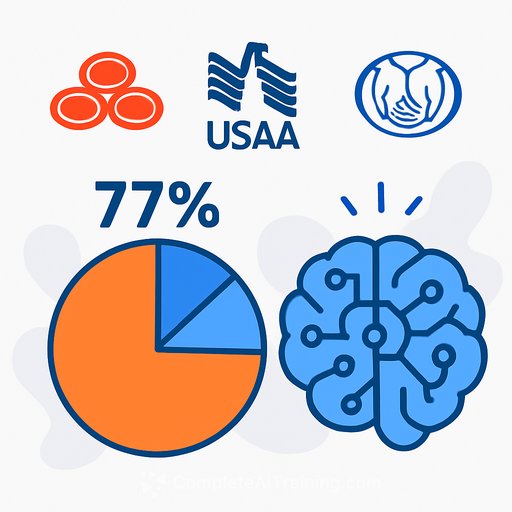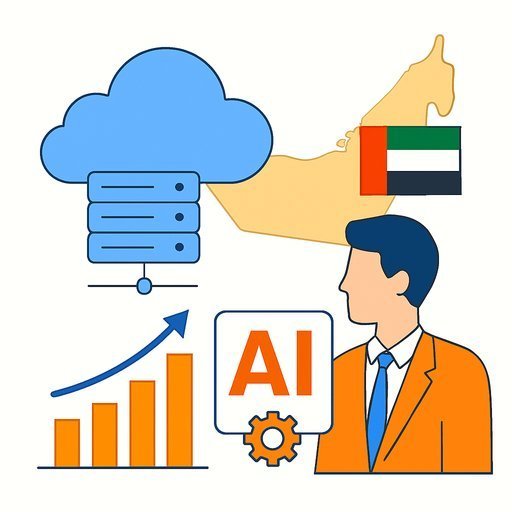Rethink the Future of Claims and Seize the Value Creation Opportunity
In Brief
Claims processes have become largely digitized at many insurers, shifting the focus to proactive risk prevention. Deploying AI bots and agents will better connect underwriting and claims, allowing staff to concentrate on tasks that add the most value. The business case for ongoing claims transformation is clear: improved loss ratios, higher customer satisfaction, and increased trust.
For years, insurance leaders have aimed for fully digitized claims workflows, especially for straightforward property and casualty (P&C) claims. The goal was simple—cut costs, speed up payouts, and boost loyalty by automating data capture and process steps.
Today, many insurers are close to making that vision a reality for routine claims. With powerful and affordable AI technologies now available, the next question is: where do claims go from here?
We see a strong opportunity for insurers to shift claims operations from a cost center to a source of value creation. Ethical, data-driven claims processes can reduce claim frequency and severity, while delivering personalized experiences that build loyalty and trust. Responsible claims management will be central to this shift.
The State of Claims Today
Despite automation gains, claims remain a challenge due to macroeconomic uncertainty, supply disruptions, and market volatility. Inflation and cost pressures, especially in the UK, make cost efficiency critical. Many insurers raise premiums to offset costs, drawing regulatory attention. For example, the UK’s Financial Conduct Authority (FCA) monitors whether insurers provide value for money in claims handling, adding complexity.
Most technology investments focus on eliminating manual data tasks—like transcribing calls or uploading photos—and automating customer communications. While AI tools are available to do more, many insurers hesitate to let AI make critical decisions due to concerns about data privacy, ethical use, and customer sensitivities, particularly in life insurance.
AI is mainly used now for data ingestion and fraud detection. Nonetheless, InsurTechs are pushing boundaries with solutions for more sophisticated claims assessment, leveraging the huge volumes of data insurers collect.
Telematics and driver safety programs in the UK have reduced accident rates, but their impact falls short of initial expectations. Younger drivers accept continuous monitoring for insurance discounts, but older customers often resist, fearing misuse of their data.
Connected vehicles and smart homes generate valuable sensor data, yet insurers often lack access or fail to fully utilize it. Progress has been made with sensor data for real-time info and claims settlement, but most carriers haven't unlocked its full potential.
Some insurers have partnered with auto repair shops and home restoration services to control claims inflation. These partnerships can improve customer experience if executed seamlessly.
The Next Horizon of Claims Innovation
With automation reducing routine workload, the next step is focusing on risk prevention. Claims are no longer just moments of truth—they are often simple transactions. Customers want tools and services that help avoid claims altogether.
AI deployed at scale can transform the entire insurance value chain. Connected AI agents in underwriting and claims can create precise coverages emphasizing prevention and value-added services. For example, underwriting processes that once took days now complete in minutes, freeing experts to handle complex cases.
The same will happen in claims. Adjusters will spend less time on data gathering and more on cases where their expertise matters most, such as high-value claims. AI agents will assist in decision-making and workflow management, improving outcomes.
Proactive risk prevention marks a big shift. Automotive insurers can learn from health insurance’s focus on preventive care to reduce claim frequency and severity.
Real-time data on weather, road conditions, and vehicle maintenance is ready to support timely alerts and warnings. Features like ridesharing apps reminding passengers to buckle up or commercial policies monitoring shipment conditions are becoming standard. These innovations create engagement opportunities and strengthen customer relationships by focusing on reducing risk before claims occur.
AI tools will automate triage, segmentation, and routing of claims. Fast-tracking simple claims while enabling detailed expert reviews for complex cases will become the norm. Personalized claims experiences powered by AI will scale efficiently.
Beyond claims processing, AI can proactively flag risky conditions and behaviors, triggering advance notifications or automatic responses—like shutting off leaking appliances or rerouting shipments in emergencies.
Many insurers are only beginning to tap into sensor data streams. AI agents will help unlock this data’s full value for both preventing and processing claims. The result: improved operational efficiency and better customer outcomes.
Summary
The future of claims is very different from a decade ago. While claims remain critical interactions, they are no longer the sole moments defining customer relationships. Forward-thinking insurers see the goal as embedding data-driven prevention within policies to reduce the need for claims.
Efficiency and personalization gains are achievable across insurers of all sizes. The ultimate aim is a future where filing claims becomes rare—if not nearly obsolete—thanks to smarter risk management and prevention.
Your membership also unlocks:






